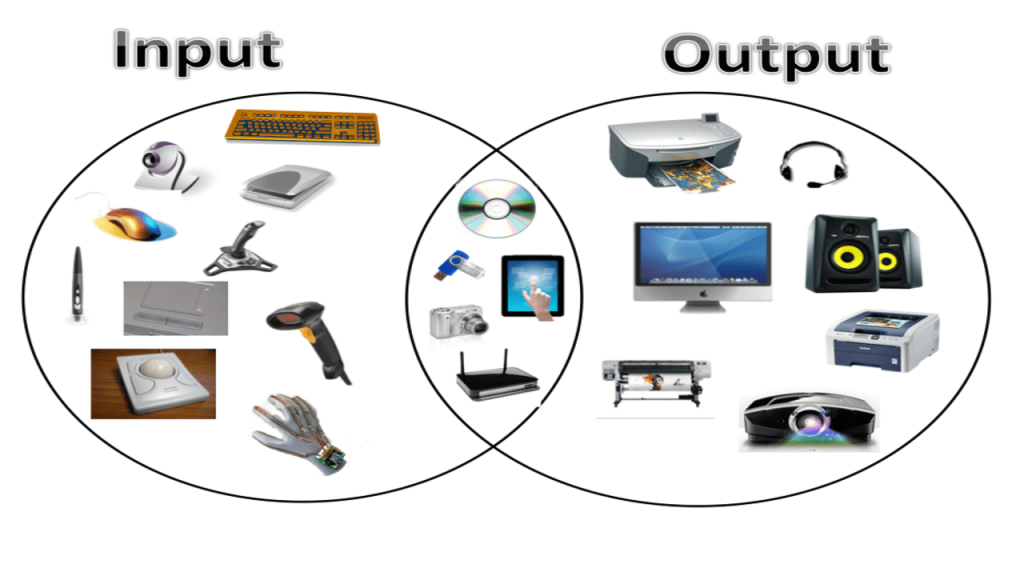Back to: Computer Science Course GCE A Level Cameroon
Speech Recognition System : Input devices Computer science topic- GCE A level Lesson.
Speech Recognition System : Input devices Computer science topic- GCE A level Lesson.
Speech recognition is one of the most interactive systems to communicate with the computer. The user can simply instruct the computer with the help of a microphone (along with speech recognition software) what task to be performed. It is the technology by which sounds, words or phrases spoken by the individuals are converted into digital signals, and these signals are transformed into computer-generated texts or commands. Computer Science Course GCE A Level Cameroon. kamerpower.com
I.4 Digital Camera
A digital camera stores images digitally rather than recording them on a film. Once a picture has been taken, it can be transferred to a computer system and then manipulated with an image editing software and printed.
I.5 Webcam
A webcam (short form of web camera) is a portable video camera, which captures live video or images that may be viewed in real time over the network or the Internet. It is just a small digital camera that is either in-built in your computer (in most laptops) or can be connected through a USB port. It is normally placed on top of the PC monitor or laptop so as to capture the images of the user while one is working on the computer
I.6 Scanners
A scanner is an input device that converts a document into an electronic format that can be stored on the disk. Moreover, they can store images in both gray scale and color mode. The two most common types of scanners are hand-held scanner and flat-bed scanner.
- Hand-held Scanner: A hand-held scanner consists of light-emitting diodes, which are placed over the document to be scanned. This scanner performs the scanning of the document very slowly from the top to the bottom with its light on.
- Flat-bed Scanner: A flat-bed scanner is similar to a photocopier machine. It consists of a box containing a glass plate on its top and a lid that covers the glass plate. This glass plate is used for placing the document to be scanned.
I.7 Bar Code Reader
A bar code is a machine-readable code in the form of parallel vertical lines of varying widths. It is commonly used for labelling goods that are available in super markets and numbering books in libraries. This code is sensed and read by a bar code reader using reflective light. The information recorded in the bar code reader is then fed into the computer, which recognizes the information from the thickness and spacing of the bars.
I.8 Optical mark recognition
Optical mark recognition (OMR) is the process of detecting the presence of intended marked responses. A mark registers significantly less light than the surrounding paper. The optical mark reading is done by a special device known as optical mark reader. Generally, this technology is used to read answer sheets (objective-type tests). In this method, special printed forms/documents are printed with boxes, which can be marked with dark pencil or ink. These forms are then passed under a light source and the presence of dark ink is transformed into electric pulses, which are transmitted to the computer.
I.9 Optical Character Recognition
A scanner converts an input document into an electronic format that can be stored on the disk. If the document to be scanned contains text, optical character recognition (OCR) software is needed to translate the bitmap image of the text to the ASCII codes that the computer can interpret as letters, numbers and special characters.
I.10 Magnetic-Ink Character Recognition
You must have seen special magnetic encoding using characters, printed on the bottom of a check. The characters are printed using a special ink, which contains iron particles that can be magnetized.
To recognize these magnetic-ink characters, a magnetic-ink character reader (MICR) is used. It reads the characters by examining their shapes in a matrix form and the information is then passed on to the computer.
The banking industry prefers MICR to OCR as the MICR gives extra security against forgeries such as colour copies of payroll checks or hand-altered characters on a check. If a document has been forged, say a counterfeit check produced using a colour photocopying machine, the magnetic-ink line will either not respond to the magnetic fields or will produce an incorrect code when scanned using a device designed to recover the information in the magnetic characters.

